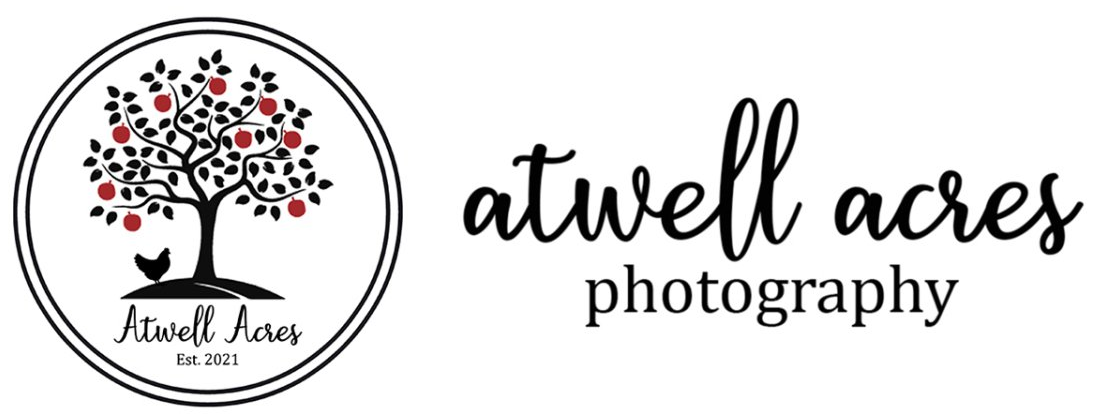How to Take Professional Looking Newborn Photos at Home with your iPhone
How do I take professional looking newborn photos at home?
Ok, so the title is just a bit misleading. While technology allows us to take some pretty incredible photos with our phones – much better than the old disposable cameras we used to have – they don’t necessarily replace professional photos. After all, it’s a lot of work to coordinate photo props, backgrounds, positioning, and lighting. Technology can’t substitute for the careful and creative eye of a human photographer.
No matter how advanced our phones may be, I still believe that professional photographers are invaluable. That could not be truer for newborn photography , when safe positioning and creative composite photos are a must. The high-quality photos last forever, and they make gorgeous wall art, albums, gifts, and cards. So, find yourself a good newborn or family photographer. You won’t regret it!
However, I also know that it’s not realistic to get professional photos taken for all of the sweet moments in between the milestones; yet they still deserve to be documented. These early years fly by, so it’s important to capture all that you can.
We’ve all been there: You’re caught up in the moment when a great photo opportunity pops up. All you have is your handy iPhone to take advantage of it! Not to worry. Our innovative phones are capable of taking some great portrait-like photos.
Here are a few insider tips and guidelines for how to take professional photos with your iPhone:
1. Clean the Lens
Well, this might seem obvious, but even the slightest smudge can create foggy photos. Make sure the lens is clear and clean before beginning.
Also, for best quality, you’ll want to use the lens on the outside of your phone
rather than your screen/selfie camera.
2. Turn Off the Flash
If possible, never use the flash if you’re hoping for professional photos. Instead, seek out better lighting. Natural light will always produce higher-quality photos than your flash.
You may, however, want to turn on the HDR setting
depending on the circumstance. If you’re outside and want to highlight the setting or landscape, turn HDR on. It will help eliminate shadows and make the image brighter and clearer. Turn HDR off if you’re taking close-ups or portraits. You don’t need HDR when photographing people
(plus, it uses a lot of memory on your phone).
3. Do Not Zoom
The iPhone zoom function tends to distort or pixelate images, and it decreases the quality of the photos
. Try physically adjusting your distance to your subject; or, take a distant photo and crop it in a program or app later on. (The zoom on phone does not work as well as a true zoom lens on a professional camera.)
4. Pick the Right Camera Mode for the Purpose
Keep your phone in the default photo mode (4:6)
if you’re planning on using the photo for small prints, social media, or computer/phone screens. This mode is great for general use.
Switch to portrait mode
to make features (like your baby’s eyes or smile) stand out. If you have an iPhone 7 or higher, the portrait mode will create a “bokeh” – or soft blur – behind or around the subject. This is the best mode for near-professional portraits of your little one (especially if you utilize great natural light).
Square mode
is pretty self-explanatory. You would use this if you plan on printing square photos for frames or need a square ratio for digital purposes. I like this mode because it cuts down on your work later on – no need to crop, the ratio is already correct.
You can also play around with panoramic, live, and time-lapse photos for fun
, but those aren’t typically used for “professional photos” that you’d want to use for wall art, prints, or albums.
5. Find a Window
If you’re inside, use a room with windows
that let in soft natural light (adjust the shades if it’s too bright.) I would recommend staying away from the filters
on your phone.
Instead, play with the available lighting until you get the look that you want. If you’re outside, do not shoot in direct sunlight
. Use shade or cloud cover to get that soft, dream light. If you must shoot in bright light, try to pick an angle that prevents shadows, and have your subject look off-camera or away from the sun to avoid squinting.
6. Rule of Thirds
That grid that pops up on your camera is actually meant to help you create great photos! Instead of placing your focal point directly in the middle, try putting it along one of the intersections
for a more balanced photo. This article
helps explain this concept in depth.
7. Select Your Focus
Once you have everything set up the way you want it, get ready to take your photo. Tap the screen once
where you want the lens to focus (this will improve the exposure).
Another tip it to set your focus
to keep it from shifting around. Hold your finger down on the screen where you want the focus for 3 seconds
. The square will blink and then set in place.
Once you have the focus set, you can change the brightness
directly (this is not a filter, so it will not harm the quality of your photo). Use the small sun to the right of the focus box to change the brightness. Slide your finger up and down to adjust accordingly.
8. Edit Using an App or Program
Instead of using the built-in settings or filters on your phone, consider using a high-quality photo editing app. I like the ones featured in this recent iPhone Photography School Article: The 9 Best Photo Editing Apps For iPhone (2020 Edition). Some are free or just a couple bucks!
And voila! You have some great images to share on social media or use for this year’s last-minute holiday cards! Most importantly, you’re preserving sweet memories from this wild and crazy childhood years.




